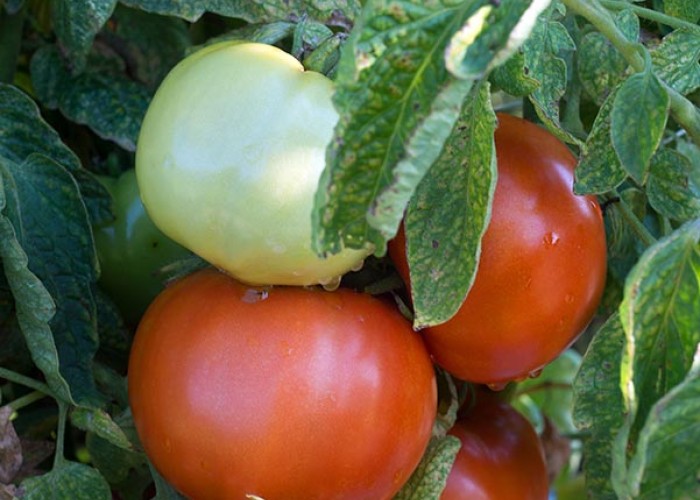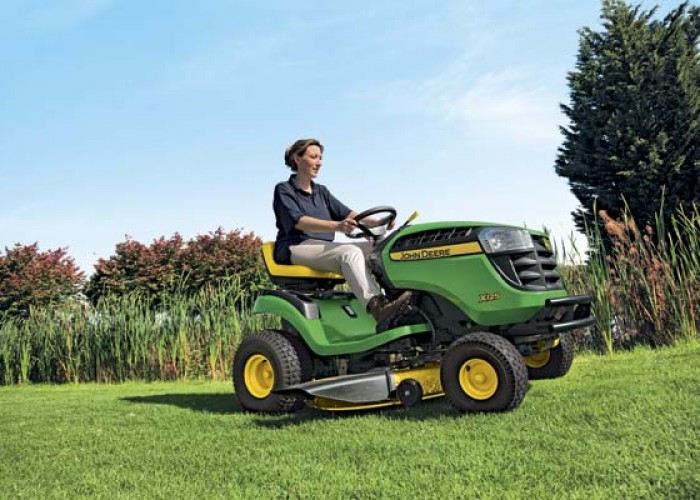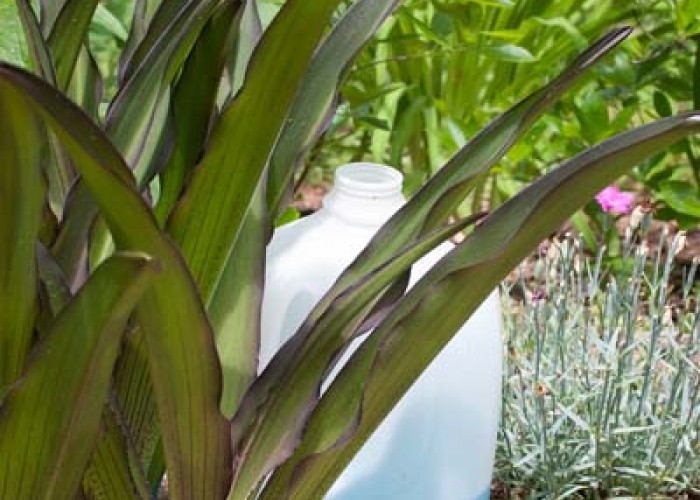Wild Plants for Wet Places
Plus Garden To-Do’s for June
By L.A. Jackson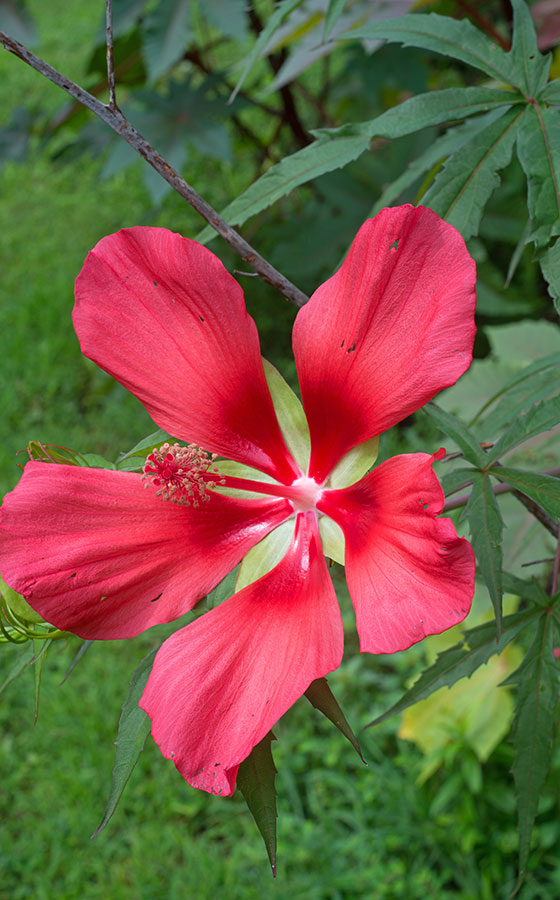
Texas Star
Whether you are thinking about jazzing up a rain garden (see “Wrestling Water in Your Landscape (and Winning),” May 2018, page 14) or just wondering what to do with a low-lying, mucky part of your yard, the solution can be the same: add fancy flowering plants that thrive in slop. In such areas, I normally go wild, meaning I’m a big fan of using native plants that are hardy for Carolina gardens. There are many indigenous pretties well suited for wet areas, but for a maximum show, I like to think big, so here are a few of my taller favorites:
Texas Star (Hibiscus coccineus). Also known as “swamp hibiscus,” this perennial will make a Texas‑size statement in a sun-drenched, water‑logged landscape, reaching 6 to 8 feet tall and sporting large, 8-inch, five-pointed blooms deeply dipped in crimson. For extra eye candy, fans of narrow, palmate leaves add a touch of tropical sass to its summertime display.
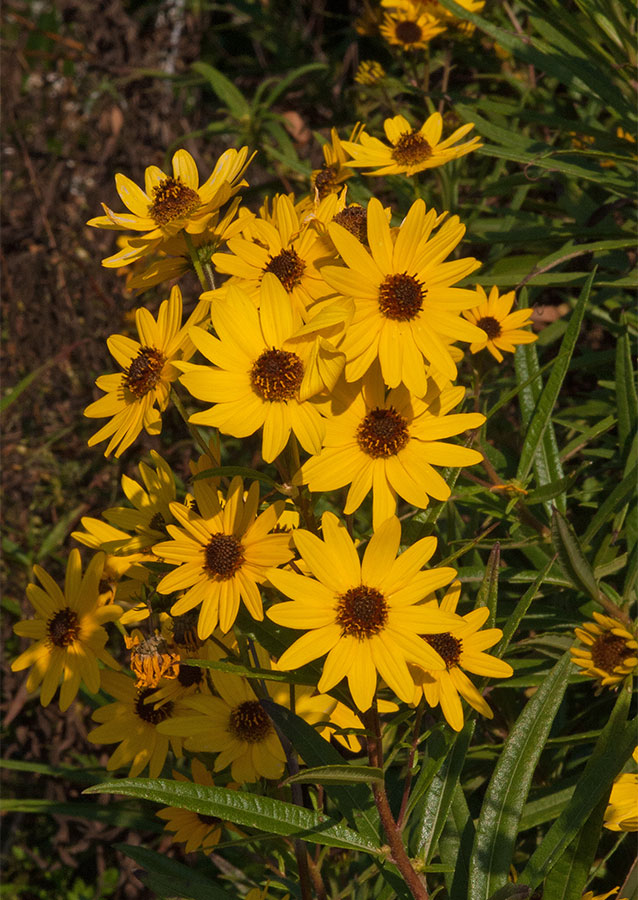
Swamp Sunflower
Swamp Sunflower (Helianthus angustifolius). Ever seen bright flashes of yellow, daisy-like flowers in roadside ditches late in the growing season? Chances are good they were swamp sunflowers, alternately tagged as “narrow-leaf” sunflowers. In a sunny, soggy location, this perennial stretches up to 6 feet tall and blooms to beat the band. With vigorously spreading rhizomes, this native can rapidly grab territory, so give it plenty of room or just whack it back to a proper perimeter every few years.
Ironweed (Vernonia noveboracensis). True to its name, this is a tough beauty. Although it is an open, rather gangly plant, this perennial can grow to over 6 feet in height. When it flowers in mid-to-late summer, it is quite a sight covered in small, dark amethyst stars, which, in turn, are often covered in butterflies. This Vernonia showoff is the most common ironweed, but there are many more species within this genus worth researching that can also add their special dazzle to a damp landscape.
Sweet Pepperbush (Clethra alnifolia). Sometimes called “summersweet,” this deciduous shrub can easily top out at 6 to 8 feet high and by midsummer, shines with vertical racemes of sprite-like, white, fragrant flowers. As a bonus, sweet pepperbush will put on a nice flower display even in marginal shade. Fall finds this native wrapped in a robe of pleasing yellow. If the straight species is too big for your needs, go with the popular cultivar “Hummingbird,” which matures at a modest 3 feet tall and wide.
Garden To-Do’s for June
- Herbs are usually at their harvesting best just before flowering when they contain the maximum in essential oils. Also, pick herbs early in the morning before the sun begins baking the plants.
- Add a light side-dressing of fertilizer to any veggies that have begun to set crops.
- Dry, scorching weather can cause blossom drop on hot and sweet peppers, so during extended arid times, irrigate regularly and even mist the plants’ foliage once or twice a day with water.
- If you battle Japanese beetles with bait traps, be sure to place such attractants far away from plants that are susceptible to being damaged by these pesky little beasts.
- Rake up and discard any fallen fruit from underneath fruit trees now to discourage insects and diseases that could become problems later.
Sourcing native plants
The wild is not the place to “shop” for wild plants. This depletes natural populations, and the survival rate of dug-up specimens is much less when compared to natives that are properly propagated by professional plantsmen. The Southeast features several quality commercial nurseries offering native plants.
Niche Gardens
Chapel Hill
nichegardens.com
Plant Delights Nursery
Raleigh
plantdelights.com
Gardens of the Blue Ridge
Newland
gardensoftheblueridge.com
Monticello
Charlottesville, VA
monticelloshop.org
Sunlight Gardens
Andersonville, TN
sunlightgardens.com
-
More June Garden tips for North Carolina
-
Share this story:

